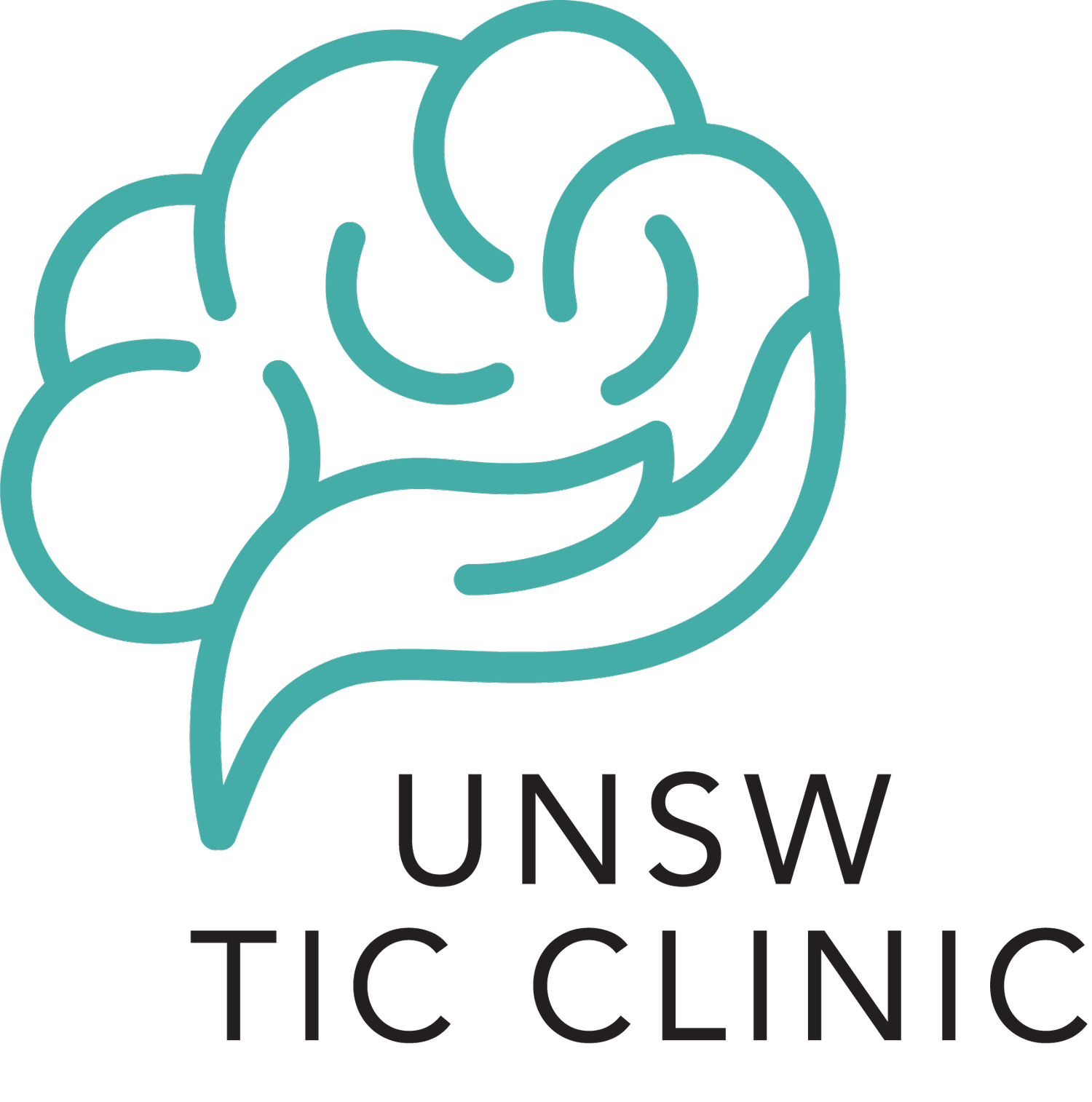Intervention
This section provides an overview of the diagnostic process for tic disorders and general information about pharmacological and psychological interventions. Whether seeking a formal evaluation or exploring treatment options, the goal is to offer clear, reliable guidance to support informed decision-making.
Diagnosis is an important first step in understanding and managing tic conditions. The assessment process typically involves a detailed history of the tics—when they started, what they look like, how often they happen, and whether they cause any difficulties in daily life.
A clinician may also ask about other symptoms that can occur alongside tics, like attention difficulties, anxiety, or obsessive-compulsive behaviours. This helps build a full picture and guide the best kind of support.
Questionnaires or behaviour checklists are used to better understand symptoms. In most cases, no brain scans or lab tests are needed to diagnose a tic disorder.
Assessment
An accurate assessment makes it easier to choose the right treatment and give individuals and families the support they need.
For some people, medication can be an important part of managing tics—especially when tics are frequent, intense, or interfere with daily life. While not everyone with tics needs medication, it may be recommended when other approaches aren’t enough on their own.
There are several types of medications that can help reduce the severity or frequency of tics. These include medicines that affect dopamine (a brain chemical involved in movement), as well as others that may help with related symptoms like anxiety, ADHD, or sleep problems.
Commonly used medications include:
Clonidine and Guanfacine – often used first and can be especially helpful if someone also has symptoms of ADHD. They tend to have mild side effects and can also help with sleep.
Risperidone and aripiprazole – can be more effective at calming tics in some people and are generally well-tolerated, though they may cause side effects like tiredness or increased appetite.
Tetrabenazine – used in certain cases, this medication helps manage tics by adjusting the brain chemicals involved in movement.
Pharmacological Intervention
Medications do not cure tics, but they can make them easier to manage. Because medications can have side effects and affect individuals differently, their should be carefully monitored and adjusted as needed to ensure safety and effectiveness.
Medication is often used alongside psychological intervention. A doctor or specialist will work closely with each person and their family to find the most suitable treatment approach.
For further information about pharmacological intervention, please refer to the guidelines below.
Psychological intervention for tics is designed to increase control over tics, reduce how often they happen and how much they affect daily life. It can also help with stress, anxiety, or other challenges that sometimes come along with tics. The goal is to give people tools to better understand and manage their tics, feel more in control, and improve overall well-being.
Evidence-based psychological interventions include Exposure and Response Prevention (ERP) and Comprehensive Behavioural Intervention for Tics (CBiT).
Psychological Intervention
Exposure and Response Prevention
Exposure and Response Prevention (ERP) for tics is a highly effective behavioural therapy used to help individuals manage tics.
The therapy involves slowly and safely exposing the person to situations that trigger their tics, while preventing the usual response of performing the tic. Over time, this helps reduce how often the tics happen and makes them less intense. ERP is done with the guidance of a trained therapist and can lead to better control over tics and improved everyday life.
Comprehensive Behavioural Intervention for Tics (CBiT) is a proven, evidence-based therapy designed to help individuals manage tics and reduce their impact on daily life.
CBIT combines Habit Reversal Training (HRT) with other behavioural techniques to address both the physical and psychological aspects of tics. Individuals with tics are supported to identify early signs of tics, develop alternative behaviours, and implement strategies to minimise tic frequency and intensity.
Comprehensive Behavioural Intervention for Tics
Guidelines
-
Assessment & Management
Australian Review of Tourette’s assessment and management
-
Assessing Tics in Children
A general approach for primary care clinicians to assess a child with tics - age considerations
-
Practice Guideline
American Academy of Neurology Practice Guideline for the treatment of tics
-
Assessment Guideline
European Clinical Guideline for Tourette Syndrome and other tic disorders
Part 1: Assessment
-
Pharmacological Guideline
European Clinical Guideline for Tourette Syndrome and other tic disorders
Part 2: Pharmacological Treatment
-
Psychological Guideline
European Clinical Guideline for Tourette Syndrome and other tic disorders
Part 3: Psychological Interventions




